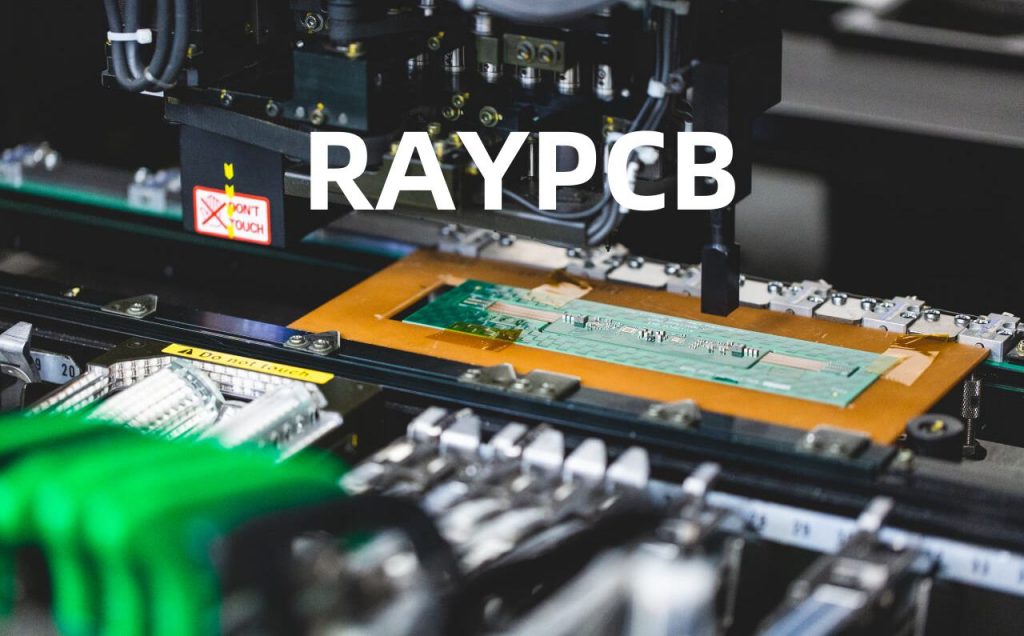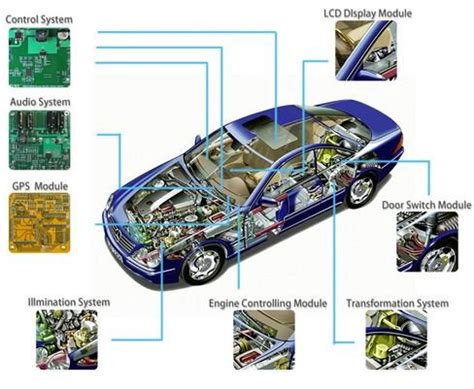Introduction to Car Circuits
In modern automobiles, electrical circuits play a crucial role in powering various components and systems. From the headlights and radio to the engine management system and electronic stability control, these circuits ensure the proper functioning of the vehicle. Understanding the basics of car circuits is essential for anyone interested in automotive technology or looking to troubleshoot electrical issues in their vehicle.
What are Car Circuits?
Car circuits are closed loops of electrical conductors that allow current to flow from the power source (battery) to various components in the vehicle and back to the power source. These circuits are designed to perform specific functions, such as powering the headlights, operating the windshield wipers, or controlling the fuel injection system.
Components of a Car Circuit
A typical car circuit consists of the following components:
- Power source (battery)
- Fuses and circuit breakers
- Wires and connectors
- Switches
- Relays
- Loads (e.g., lights, motors, sensors)
Types of Car Circuits
Lighting Circuits
Lighting circuits are responsible for powering the various lights in a vehicle, including:
- Headlights
- Taillights
- Brake lights
- Turn signals
- Interior lights
These circuits are typically controlled by switches on the dashboard or steering column, and they may include relays to handle higher current loads.
Headlight Circuit
The headlight circuit is one of the most important lighting circuits in a vehicle. It consists of the following components:
- Battery
- Fuse
- Headlight switch
- Relay (in some cases)
- Headlight bulbs
When the headlight switch is turned on, current flows from the battery through the fuse and switch to the headlight bulbs, illuminating them.
Engine Management Circuits
Engine management circuits are responsible for controlling various aspects of the engine’s operation, such as:
- Fuel injection
- Ignition timing
- Throttle position
- Engine temperature
These circuits rely on sensors to gather data about the engine’s performance and conditions, which is then processed by the engine control unit (ECU) to make adjustments as needed.
Fuel Injection Circuit
The fuel injection circuit is a critical component of the engine management system. It consists of the following components:
- Battery
- Fuse
- ECU
- Fuel injectors
- Sensors (e.g., throttle position sensor, mass airflow sensor)
The ECU uses data from the sensors to determine the appropriate amount of fuel to inject into the engine at any given time. It then sends signals to the fuel injectors to open and close, delivering the precise amount of fuel required.
Charging and Starting Circuits
Charging and starting circuits are responsible for maintaining the battery’s charge and starting the engine.
Charging Circuit
The charging circuit consists of the following components:
- Battery
- Alternator
- Voltage regulator
- Fuses
The alternator generates electricity while the engine is running, which is used to recharge the battery and power the vehicle’s electrical systems. The voltage regulator ensures that the voltage output from the alternator remains consistent.
| Component | Function |
|---|---|
| Battery | Stores electrical energy |
| Alternator | Generates electricity to recharge the battery and power electrical systems |
| Voltage regulator | Maintains consistent voltage output from the alternator |
| Fuses | Protect the circuit from excessive current |
Starting Circuit
The starting circuit consists of the following components:
- Battery
- Starter motor
- Starter solenoid
- Ignition switch
When the ignition switch is turned to the “start” position, current flows from the battery to the starter solenoid, which engages the starter motor. The starter motor then turns the engine over until it starts.
| Component | Function |
|---|---|
| Battery | Provides electrical energy to start the engine |
| Starter motor | Turns the engine over to start it |
| Starter solenoid | Engages the starter motor when the ignition switch is turned to “start” |
| Ignition switch | Controls the starting circuit |

Troubleshooting Car Circuits
When electrical issues arise in a vehicle, it’s essential to know how to troubleshoot the problem. The following steps can help you identify and resolve issues with car circuits:
- Check the fuses: Fuses are designed to protect circuits from excessive current. If a component isn’t working, check the corresponding fuse to see if it has blown.
- Inspect wiring and connectors: Look for damaged, frayed, or corroded wires and connectors, as these can cause electrical issues.
- Test components: Use a multimeter to test the resistance, voltage, and continuity of various components in the circuit, such as switches, relays, and sensors.
- Consult the wiring diagram: A vehicle’s wiring diagram can help you understand how the circuits are connected and where potential issues may lie.
Common Electrical Issues
Some common electrical issues in vehicles include:
- Dead battery
- Alternator failure
- Starter motor failure
- Blown fuses
- Faulty switches or relays
- Damaged wiring
By understanding the basics of car circuits and troubleshooting techniques, you can more easily identify and resolve these issues.

Maintaining Car Circuits
To keep your vehicle’s electrical systems in good working order, follow these maintenance tips:
- Keep the battery clean and properly charged
- Regularly inspect wiring and connectors for damage or corrosion
- Replace fuses with the correct amperage rating
- Avoid overloading circuits with too many accessories
- Have your vehicle’s electrical systems inspected by a professional during routine maintenance

FAQ
- What is the purpose of fuses in car circuits?
Fuses protect the circuit and components from excessive current that could cause damage. - How can I tell if my alternator is failing?
Signs of a failing alternator include dim headlights, a weak or dead battery, and warning lights on the dashboard. - Can I replace a blown fuse with a higher amperage fuse?
No, always replace a blown fuse with one of the same amperage rating to ensure proper circuit protection. - How often should I have my vehicle’s electrical systems inspected?
It’s a good idea to have your vehicle’s electrical systems inspected during routine maintenance, typically every 12 months or 12,000 miles (19,000 km). - What should I do if my car won’t start due to an electrical issue?
First, check the battery and starter motor. If the issue persists, consult the wiring diagram and test components with a multimeter. If you’re unsure about the problem, have a professional diagnose and repair the issue.
Conclusion
Understanding car circuits is crucial for anyone who owns or works on vehicles. By familiarizing yourself with the types of circuits, their components, and troubleshooting techniques, you can more easily identify and resolve electrical issues in your vehicle. Regular maintenance and inspections can help prevent problems from arising and ensure that your vehicle’s electrical systems remain in good working order.
As automotive technology continues to advance, the complexity of car circuits will only increase. Staying informed about these developments and maintaining a basic understanding of electrical systems will help you stay ahead of the curve and keep your vehicle running smoothly for years to come.

No responses yet